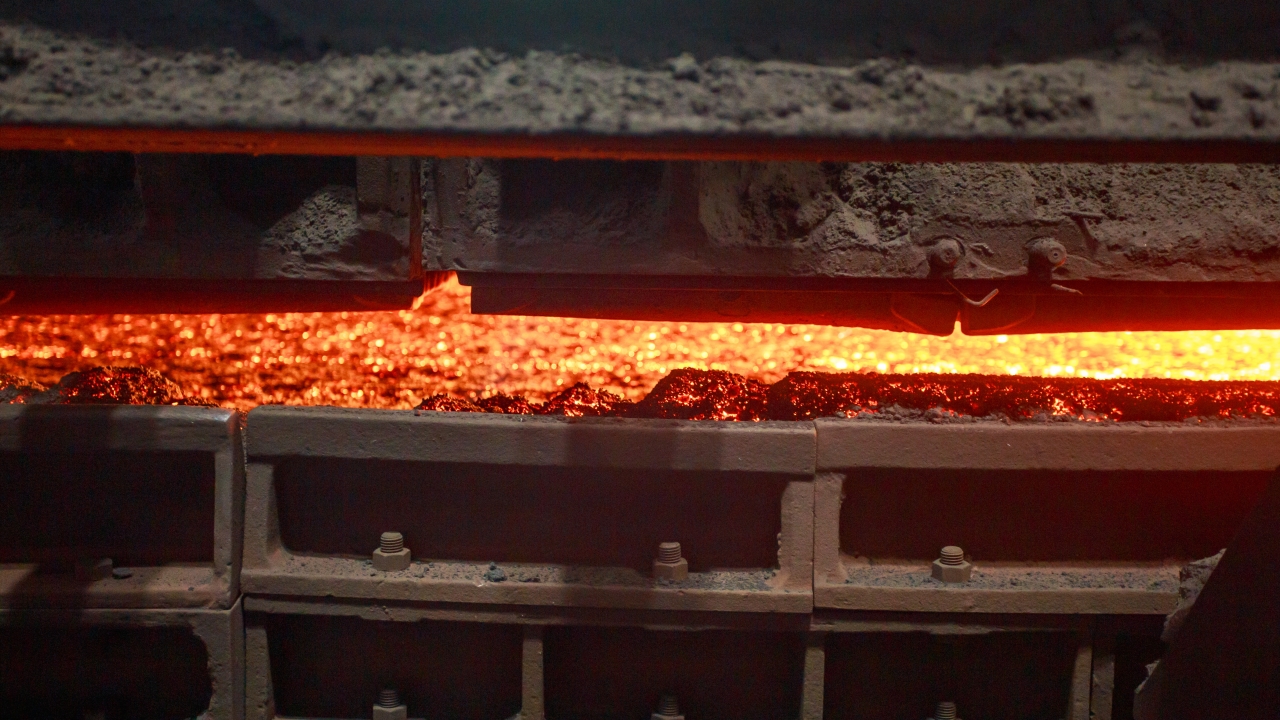Quality variations and operational limitations in steel sintering
Steel manufacturers strive to produce sintered ore of consistent quality, yet frequent fluctuations in raw material composition and high uncertainty often cause quality variation. Long quality measurement cycles delay feedback on recipe adjustments, preventing immediate responses to process deviations. In the absence of data-driven tools, field operations rely heavily on operator experience, making it difficult to maintain consistency or institutionalize operational know-how when experts are unavailable.
AI-driven simulation and optimal control for process innovation
An ML-based simulator was developed to predict the composition of sintered ore using historical data on raw material inputs and operating conditions. An AI operational guidance model was then implemented to calculate target composition values and recommend control adjustments in real time. By combining prediction and optimization, the system supports data-informed decision-making and continuous improvement across the sintering process.
93% Prediction accuracy and stable process control
The model reduced prediction error for key quality components to approximately 3.4%, achieving 93% accuracy. AI-based operational guidance now ensures stable, high-quality sintering performance regardless of operator skill, increasing process reliability and production efficiency.





